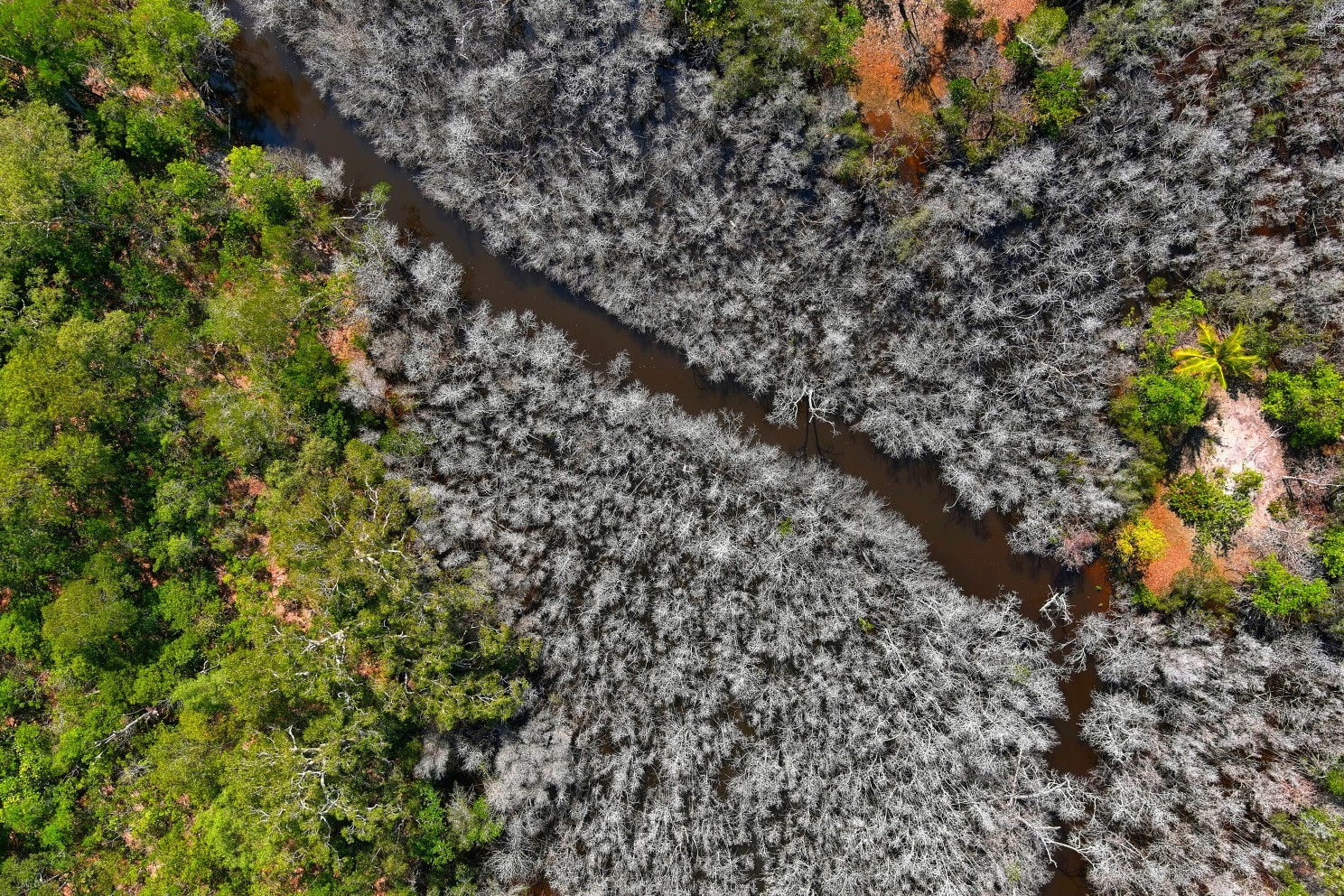The Autel Evo II Pro and DJI Mavic 2 Pro are two leading contenders in the sub-2kg consumer drone market. This comparison focuses on their mapping capabilities, examining the drone itself, the camera, the controller, and the app ecosystem. While newer models exist, this analysis highlights key differences that often carry over to updated versions.
Drone Comparison: Size, Weight, and Performance
While both drones offer similar functionality, some key specifications differentiate them:
- Size and Weight: The Mavic 2 Pro is smaller and lighter, making it more portable.
- Battery: The Mavic 2 Pro’s battery is smaller and lighter, impacting flight time.
- Flight Time: The Autel Evo II Pro boasts a longer advertised flight time (40 minutes vs. 31 minutes for the Mavic 2 Pro), potentially translating to more area covered per flight.
- Wind Resistance: The Evo II Pro claims a higher wind resistance (up to Force 8), while the Mavic 2 Pro is rated for Force 5 winds. Real-world testing in mapping scenarios is needed to validate these claims.
Operationally, both drones are comparable. The Mavic 2 Pro might be slightly quieter, while the Evo II Pro’s takeoff speed can be adjusted for quicker ascents.
Camera Comparison: Image Quality and Field of View
Both drones feature a 1-inch CMOS sensor with 20MP resolution. However, there’s a slight difference in field of view:
- Field of View: The Evo II Pro has a wider 82-degree field of view compared to the Mavic 2 Pro’s 77 degrees. This results in wider image coverage but slightly lower ground resolution.
- Ground Resolution: At 100m altitude, the Evo II Pro covers 174m width with 3.2cm/pixel resolution, while the Mavic 2 Pro covers 160m with 2.9cm/pixel. The choice between wider coverage and higher resolution depends on the specific mapping application.
Neither drone has a mechanical shutter, a feature often preferred for mapping but found in higher-end models like the Phantom 4 Pro.
Example image from the Autel Evo II Pro.
Example image from the DJI Mavic 2 Pro.
Controller Comparison: Functionality and Design
While the Mavic 2 Pro offers a “smart” controller with a built-in display, it lacks compatibility with mapping apps requiring a connected mobile device. Therefore, the standard controllers for both drones are more relevant for mapping:
- Functionality: Both standard controllers offer similar functionality, although the Evo II Pro’s display is sharper.
- Mobile Device Compatibility: Both controllers accommodate a connected phone for running mapping apps. However, using larger tablets may require additional accessories.
- Design: The Mavic 2 Pro controller features detachable sticks for easier transport. The Evo II Pro controller offers a dedicated pause button, simplifying mission control.
Comparison of DJI and Autel drone controllers.
App Ecosystem: Mapping Software and Features
A significant advantage of the Evo II Pro is its native app’s ability to run mapping missions, streamlining the workflow compared to switching between DJI Go 4 and separate mapping apps.
While third-party DJI mapping apps offer flexibility, the Evo II Pro’s integrated solution simplifies the user experience, especially for beginners. Specific app features, such as flight path patterns and no-fly zone handling, may vary.
Conclusion: Choosing the Right Mapping Drone
The Autel Evo II Pro and DJI Mavic 2 Pro offer comparable mapping capabilities with minor differences in size, flight time, camera field of view, and app ecosystem. Ultimately, the best choice depends on individual preferences and specific project requirements. Factors like portability, desired flight time, ground resolution needs, and preferred software experience will influence the final decision.

